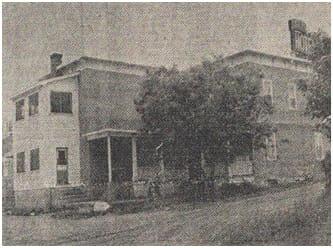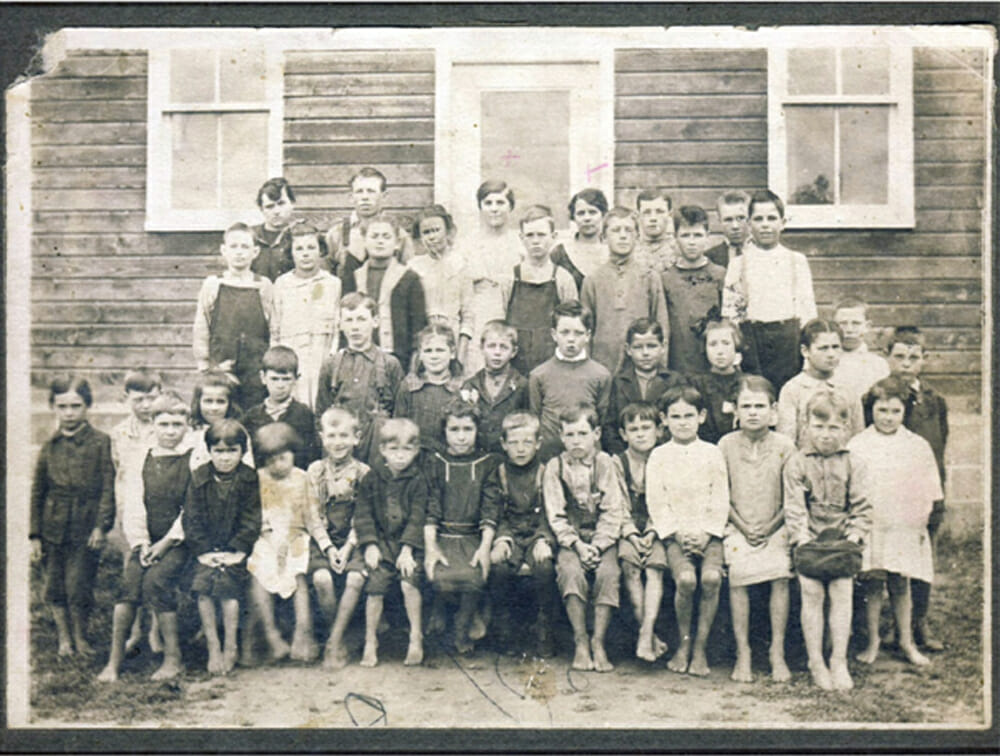By the time the first fur traders arrived, the Algonquins had already settled on the island and controlled the river crossings. For this reason, during his expedition in 1613, Samuel de Champlain named this island entity Île des Algonquins. The Iroquois came and exterminated the Algonquin tribe about the year 1650.Tessouat, rich from duties collected, from ample trade, was ambushed by the Iroquois on his return from Quebec. A battle took place on the shore of the Island between Paquette and Allumette Rapids. After the annihilation of the Algonquin the Island returned to wilderness for some 170 years.
In 1836 Fathers de Bellefeuille and Dupuis reported to Bishop Bourget of Montreal that L’Isle-aux-Allumettes is beginning to be inhabited but is yet on the extreme end of colonization. They remarked that sixty families were living on the Island. They also stated that there should be an organized effort made for the religious interests of the settlers and Indians.
In 1839, Father Moreau then asked the Bishop to grant permission that a chapel be erected on the Island. Extra pressure was brought on the Bishop by Father John Brady, assistant to Father Moreau, three laymen and sixty-six families, to build a chapel at Church Point. St. Alphonsus Church of Liguori was canonically erected at Church Point in 1839. In 1849, there were 150 Catholic families and 25 Protestant families; in 1861, there were 160 Catholic families on the Island.
Five French families on the Island in 1856: Vincent Demers, J.B. Chartrand, Joseph Chaput, Fabien Allard and J.B. Vaillancourt.
The original Township of Allumette Island included the present municipalities of L’Isle-aux-Allumettes, Chichester and Sheenboro. In 1857 Chichester and Sheenboro formed their own municipalities. The Chapeau Village separated on January 1, 1874 and Allumette Island East on May 20, 1920. On December 30, 1998, the municipalities of Chapeau Village and Allumette Island East amalgamated with the original municipality of Township of Allumette Island.
Irish Catholics lived on Isle-aux-Allumettes Est, while French Catholics, recruited by logging contractors from the Quebec City area, occupied the central and western parts of the island.
According to the 1871 census, the population of Isle-aux-Allumettes was 1503. The religious breakdown was as follows: 1324 Catholics, 48 Anglicans, 90 Wesleyan Methodists, 28 Presbyterians, 10 unnamed Protestants, 1 Baptist, 1 Congregationalist and 1 undeclared. In the same year, the population of Pembroke was 1,550, a difference of 47 people.
The municipality of L’Isle-aux-Allumettes was formed in 1998 by the amalgamation of the villages of Chapeau, St-Joseph, Desjardinsville, Demers Centre, Île Morrison and L’Isle-aux-Allumettes Est.































